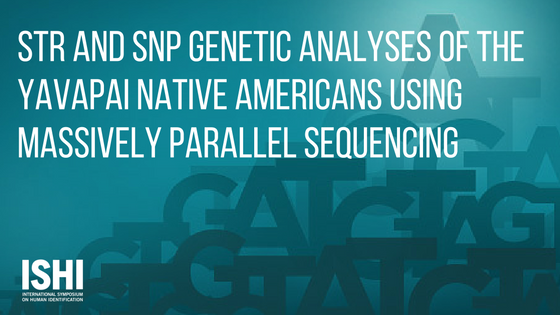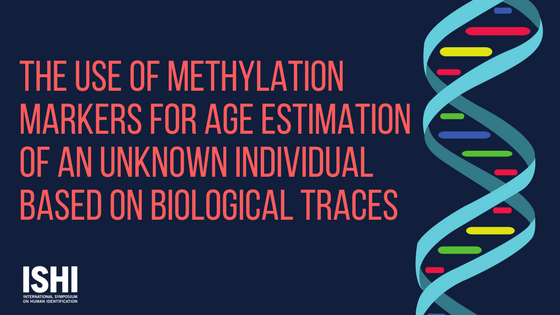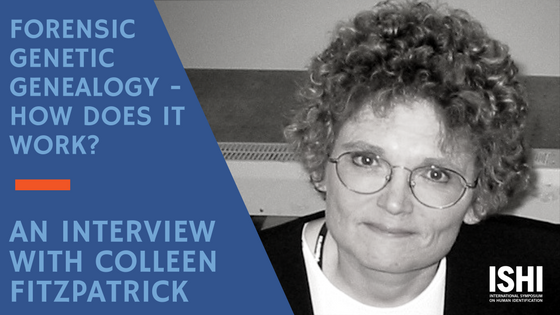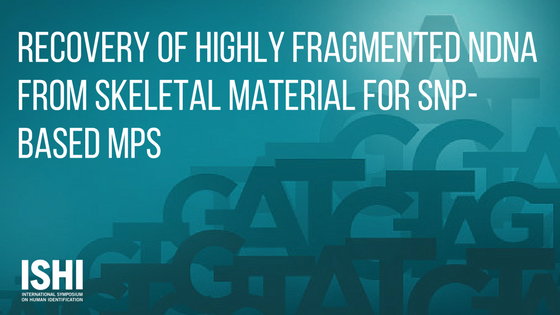STR and SNP Genetic Analyses of the Yavapai Native Americans using Massively Parallel Sequencing

The forensic science community is moving towards implementation of massively parallel sequencing (MPS) in routine casework pretty rapidly, and a key limitation in the field can now be addressed relatively quickly. Submitted by: Frank Wendt, UNTHSC Arguably all of the work done by forensic scientists in casework or research depends on underlying […]
Real-World Tips on How to Excel as an Expert Witness

In part one of our series on being an expert witness (Demystifying the Thoughts of Juror During Expert Witness Testimony), we examined what jury members were thinking during testimony. This week, we will discuss actionable tips you can use the next time you are called to the witness stand. Written by: Tara Luther, Promega […]
This Week in Forensic Science

No one has hours to scour the papers to keep up with the latest news, so we’ve curated the top news stories in the field of Forensic Science for this week. Here’s what you need to know to get out the door! Crime Prediction Software Now Used by Dubai Police Force (Forensic Magazine – 12/30/2016) Space […]
Into the Wild: Translating DNA-Based Human Identification Techniques to a Wildlife Attack

Maureen Hickman of Western Carolina University describes how researchers were able to apply forensically relevant methods and techniques to wildlife cases, including identification of nuisance animals or in the case of an animal attack. TRANSCRIPT: My name is Maureen Peters Hickman, and I am Forensic Research Scientist at Western Carolina University. […]
This Week in Forensic Science

No one has hours to scour the papers to keep up with the latest news, so we’ve curated the top news stories in the field of Forensic Science for this week. Here’s what you need to know to get out the door! Bloodsworth on Mission to Reform Criminal Justice in the United States (Park Record – […]
The Use of Methylation Markers for Age Estimation of an Unknown Individual Based on Biological Traces

According to public data form e.g. UK database around 30% of DNA profiles generated do not return a match from a database search. In many countries the percentage is much higher. In such cases additional phenotype data which could be derived from the genomic sequences are helpful in investigators profiling. Recently it has become feasible […]
This Week in Forensic Science

No one has hours to scour the papers to keep up with the latest news, so we’ve curated the top news stories in the field of Forensic Science for this week. Here’s what you need to know to get out the door! DNA Upon Arrest: Solving Cold Cases or Presuming Guilt? (The Huffington Post – 1/12/2017) […]
Forensic Genetic Genealogy… How does it work?

A couple of weeks ago, we posted an article on how forensic genetic genealogy helped to find a serial murderer in Phoenix, AZ. This week, we spoke with Colleen Fitzpatrick, an internationally recognized forensic genealogist to learn more about the process of genetic genealogy, and how it can be used to help solve future cases. […]
Recovery of Highly Fragmented nDNA from Skeletal Material for SNP-based MPS

The identification of skeletal remains that have been discovered after an extended period of time continues to be an important part of the fields of anthropology and forensic science. Due to the highly fragmented nature of the DNA recovered from more degraded skeletal remains, identification is not always possible with traditional techniques of mtDNA or […]

